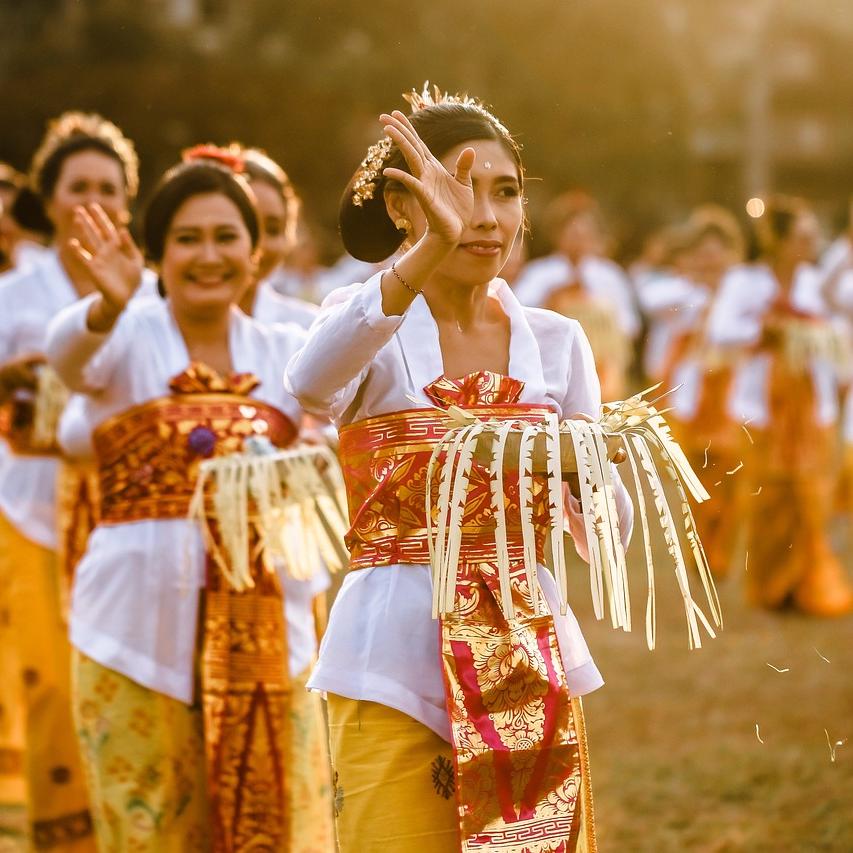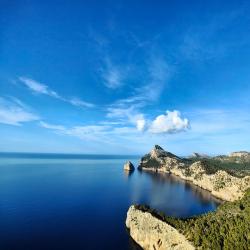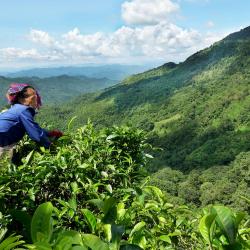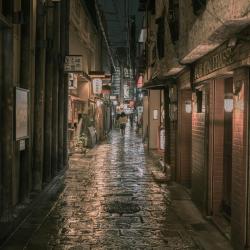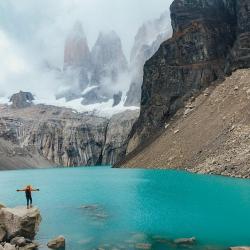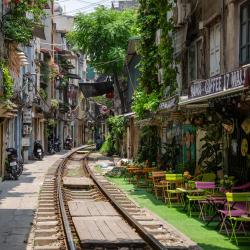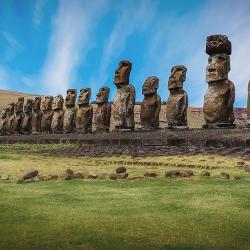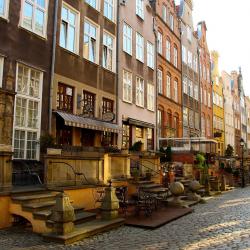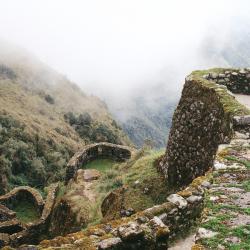Unique Cultural Festivals Around the World
As global citizens, we are fortunate to inhabit a world brimming with cultural diversity. This diversity finds expression in myriad ways, but few are as dynamic, colorful, and life-affirming as cultural festivals. These celebrations provide not only a window into the customs and beliefs of different societies but also a bridge connecting people across continents. Let’s embark on an exhilarating journey through some of the world’s most unique and captivating cultural festivals.
1. Holi - India: The Festival of Colors
Every spring, the streets of India burst into a riot of colors during Holi, one of the most vibrant festivals in the world. Historically, Holi signifies the victory of good over evil and the arrival of spring, celebrating with gusto. Participants gather to play, chase, and color each other with dry powder and colored water. It is a joyous event that breaks down social barriers, promoting unity and love. Bonfires are lit the night before to commemorate the burning of the demoness Holika, culminating in a day of revelry and merriment.
2. La Tomatina - Spain: The World's Biggest Food Fight
One of the most spirited festivals in Spain, La Tomatina, takes place annually in the town of Buñol. On the last Wednesday of August, overripe tomatoes become the ammunition for a massive food fight. Thousands gather in the streets to hurl tomatoes at each other in good-natured chaos. The origins of La Tomatina are somewhat disputed, with theories ranging from a local food fight among friends to a prank on a bad musician. Regardless of its beginnings, the festival is now a bucket-list event for travelers seeking a taste of extraordinary fun.
3. Día de los Muertos - Mexico: A Celebration of Life and Death
In Mexico, the Day of the Dead, or Día de los Muertos, offers a poignant and colorful way to honor those who have passed away. Celebrated from October 31st to November 2nd, this festival blends indigenous traditions with Spanish influences. Families construct altars (ofrendas) adorned with photographs, marigolds, and the favorite foods and drinks of the deceased. Celebrations include parades, face painting with skull motifs, and music. Rather than mourning the dead, this festival joyously commemorates their lives and enduring spirits.
4. Harbin Ice and Snow Festival - China: A Winter Wonderland
Defying the icy chill of Northern China, the Harbin Ice and Snow Festival transforms the city into a stunning, sparkling wonderland. Beginning in early January, this festival features massive and elaborate ice sculptures, illuminated by vibrant lights that create an enchanting glow. These sculptures range from intricately detailed life-sized buildings to fantastical creatures, drawing artists and visitors worldwide. The festival showcases human ingenuity and creativity in the face of nature’s coldest season.
5. Up Helly Aa - Scotland: A Viking Fire Festival
In the Shetland Islands of Scotland, Up Helly Aa is a fiery celebration of Viking heritage. Held in Lerwick on the last Tuesday of January, the festival features a torch-lit procession culminating in the burning of a Viking longship. Participants, known as guizers, don Viking dress and pay homage to Scandinavian culture through this spectacular display. The event is not only about fire and theatrics; it is a testament to the enduring legacy of the Vikings in the Northern Isles.
6. Inti Raymi - Peru: The Inca Festival of the Sun
Inti Raymi, celebrated in Cusco, Peru, on June 24th, is a tribute to Inti, the sun god of the Incas. This festival marks the winter solstice and the New Year according to the Inca calendar. Once a religious ceremony, it now features re-enactments of traditional Incan rituals. Participants don vibrant costumes, and the main event takes place at the Sacsayhuamán archaeological site. Inti Raymi offers an in-depth look at the spirituality, history, and cultural identity of the Quechua people.
Conclusion
Cultural festivals provide a sense of belonging and shared identity, and they are vital to preserving the world’s rich heritage. By participating or observing these festivals, we gain a deeper understanding of our fellow humans, celebrating not just the differences that make us unique but the shared love for life and tradition. As we continue to explore the globe, these vibrant celebrations remind us of the beauty and diversity that make our world truly remarkable.
